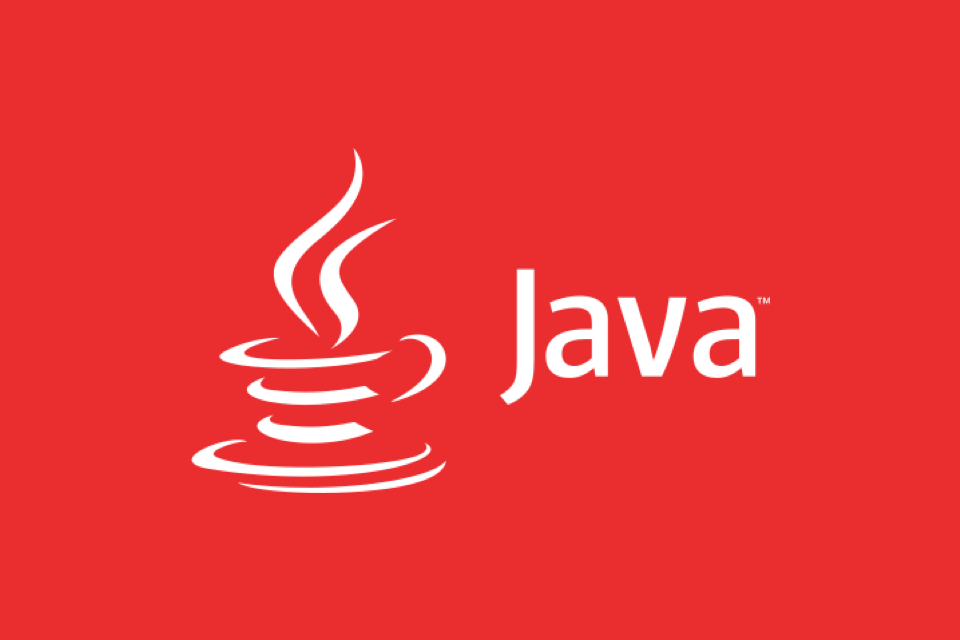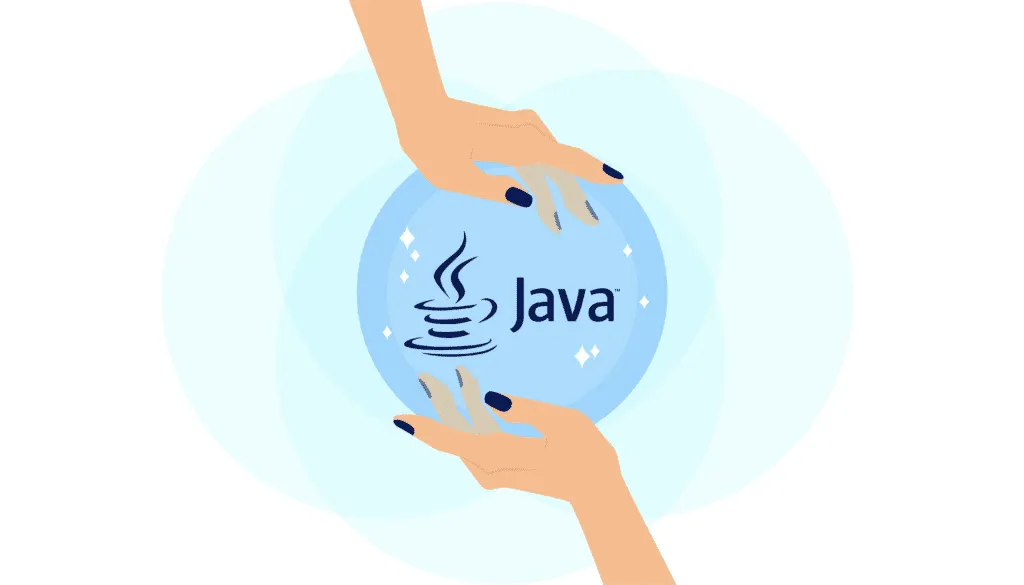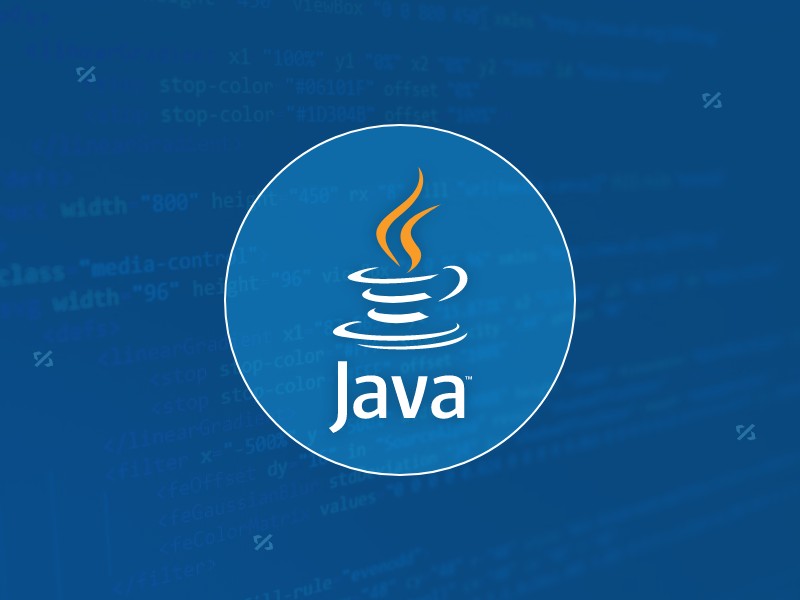Java Logging frameworks comparison (e.g., Log4j2, SLF4J, Logback).
Jul 05, 2025 am 12:37 AMSLF4J is a log interface, and Logback and Log4j2 are implementation frameworks; 1. SLF4J is a unified interface, providing decoupling capabilities, which facilitates the replacement of the underlying log system in the later stage; 2. Logback is developed by the SLF4J author, fast startup, good performance, natural integration, flexible configuration, suitable for Spring Boot projects; 3. Log4j2 has powerful functions, outstanding asynchronous logging performance, suitable for high-concurrency scenarios, but complex configuration and attention to security vulnerabilities; Selection suggestions: Spring Boot uses Logback by default, and Log4j2 is selected for high-performance requirements. SLF4J is required for code decoupling. Old projects can be considered for upgrading or migration.

There are many log frameworks in Java, and the common ones are Log4j2, SLF4J and Logback. They each have their own characteristics and are suitable for different usage scenarios. This article will talk about the differences and applicable suggestions of these mainstream logging frameworks.

SLF4J: Unified log interface
SLF4J (Simple Logging Facade for Java) itself is not a log implementation, but a facade , used to unify the calling methods of different log implementations. Its core value lies in decoupling , so that you do not need to bind to specific log implementations during development.

- You can first use the SLF4J API in your code
- Then select the specific log implementation to use during deployment, such as Logback or Log4j2
- This facilitates the replacement of the underlying log system later without modifying the business code
A typical way of using it is:
import org.slf4j.Logger;
import org.slf4j.LoggerFactory;
public class MyClass {
private static final Logger logger = LoggerFactory.getLogger(MyClass.class);
public void doSomething() {
logger.info("Doing something...");
}
}If you use multiple log dependencies in your project, SLF4J will prompt you to "multiple bindings". At this time, you need to eliminate unnecessary bindings to avoid conflicts.

Logback: a high-performance implementation natively supported by SLF4J
Logback was developed by Ceki Gülcü (the author of SLF4J) and is one of the most natural and best-performing log implementations with SLF4J . It is divided into three modules: logback-core, logback-classic and logback-access.
Key advantages include:
- Fast startup speed and good performance
- Support automatic reloading of configuration files
- Provide rich Appenders (such as asynchronous writes, database records, etc.)
- Simple configuration, either XML or programming
To give a simple example, you can start using it by simply introducing the following dependencies (Maven):
<dependency>
<groupId>ch.qos.logback</groupId>
<artifactId>logback-classic</artifactId>
<version>1.2.11</version>
</dependency> Then put a logback-spring.xml file in src/main/resources to complete the basic configuration.
Log4j2: Powerful but slightly complex
Log4j2 is Apache's old logging framework. Compared with Logback, its advantages lies in its stronger functions and better multi-threading performance , especially in high concurrency scenarios.
Its main features include:
- Supports asynchronous logs (AsyncLogger), and their performance is significantly improved compared to synchronous logs.
- Plug-in architecture, strong scalability
- Support automatic reload configuration
- More flexible configuration methods (XML, JSON, YAML)
However, the configuration of Log4j2 is relatively complicated, and Logback is used by default in Spring Boot projects. If you want to change to Log4j2, you also need to manually exclude the default dependencies and add an adapter.
In addition, Log4j2 has been widely discussed for the famous Log4j vulnerability (CVE-2021-44228), so you need to pay attention to version security issues when using it.
How to choose?
Which framework to choose actually depends on your project requirements and technology stack:
- If you are using Spring Boot, Logback is recommended by default, because it has high integration and can be used out of the box.
- If you need extreme performance, especially asynchronous log processing capabilities, you can consider Log4j2
- If you want the code to not rely on specific log implementations, then you must use SLF4J as the interface layer
- If you are maintaining an old project and may already be using Log4j1.x, it is recommended to upgrade to Log4j2 or migrate to Logback
Finally, I would like to remind you: No matter which one you choose, you should pay attention to details such as log level control, output format, and log cleaning strategy, otherwise it will easily cause excessive disk usage or difficulty in troubleshooting.
Basically that's it.
The above is the detailed content of Java Logging frameworks comparison (e.g., Log4j2, SLF4J, Logback).. For more information, please follow other related articles on the PHP Chinese website!

Hot AI Tools

Undress AI Tool
Undress images for free

Undresser.AI Undress
AI-powered app for creating realistic nude photos

AI Clothes Remover
Online AI tool for removing clothes from photos.

Clothoff.io
AI clothes remover

Video Face Swap
Swap faces in any video effortlessly with our completely free AI face swap tool!

Hot Article

Hot Tools

Notepad++7.3.1
Easy-to-use and free code editor

SublimeText3 Chinese version
Chinese version, very easy to use

Zend Studio 13.0.1
Powerful PHP integrated development environment

Dreamweaver CS6
Visual web development tools

SublimeText3 Mac version
God-level code editing software (SublimeText3)

Hot Topics
 Difference between HashMap and Hashtable?
Jun 24, 2025 pm 09:41 PM
Difference between HashMap and Hashtable?
Jun 24, 2025 pm 09:41 PM
The difference between HashMap and Hashtable is mainly reflected in thread safety, null value support and performance. 1. In terms of thread safety, Hashtable is thread-safe, and its methods are mostly synchronous methods, while HashMap does not perform synchronization processing, which is not thread-safe; 2. In terms of null value support, HashMap allows one null key and multiple null values, while Hashtable does not allow null keys or values, otherwise a NullPointerException will be thrown; 3. In terms of performance, HashMap is more efficient because there is no synchronization mechanism, and Hashtable has a low locking performance for each operation. It is recommended to use ConcurrentHashMap instead.
 What are static methods in interfaces?
Jun 24, 2025 pm 10:57 PM
What are static methods in interfaces?
Jun 24, 2025 pm 10:57 PM
StaticmethodsininterfaceswereintroducedinJava8toallowutilityfunctionswithintheinterfaceitself.BeforeJava8,suchfunctionsrequiredseparatehelperclasses,leadingtodisorganizedcode.Now,staticmethodsprovidethreekeybenefits:1)theyenableutilitymethodsdirectly
 How does JIT compiler optimize code?
Jun 24, 2025 pm 10:45 PM
How does JIT compiler optimize code?
Jun 24, 2025 pm 10:45 PM
The JIT compiler optimizes code through four methods: method inline, hot spot detection and compilation, type speculation and devirtualization, and redundant operation elimination. 1. Method inline reduces call overhead and inserts frequently called small methods directly into the call; 2. Hot spot detection and high-frequency code execution and centrally optimize it to save resources; 3. Type speculation collects runtime type information to achieve devirtualization calls, improving efficiency; 4. Redundant operations eliminate useless calculations and inspections based on operational data deletion, enhancing performance.
 What is an instance initializer block?
Jun 25, 2025 pm 12:21 PM
What is an instance initializer block?
Jun 25, 2025 pm 12:21 PM
Instance initialization blocks are used in Java to run initialization logic when creating objects, which are executed before the constructor. It is suitable for scenarios where multiple constructors share initialization code, complex field initialization, or anonymous class initialization scenarios. Unlike static initialization blocks, it is executed every time it is instantiated, while static initialization blocks only run once when the class is loaded.
 What is the Factory pattern?
Jun 24, 2025 pm 11:29 PM
What is the Factory pattern?
Jun 24, 2025 pm 11:29 PM
Factory mode is used to encapsulate object creation logic, making the code more flexible, easy to maintain, and loosely coupled. The core answer is: by centrally managing object creation logic, hiding implementation details, and supporting the creation of multiple related objects. The specific description is as follows: the factory mode handes object creation to a special factory class or method for processing, avoiding the use of newClass() directly; it is suitable for scenarios where multiple types of related objects are created, creation logic may change, and implementation details need to be hidden; for example, in the payment processor, Stripe, PayPal and other instances are created through factories; its implementation includes the object returned by the factory class based on input parameters, and all objects realize a common interface; common variants include simple factories, factory methods and abstract factories, which are suitable for different complexities.
 What is the `final` keyword for variables?
Jun 24, 2025 pm 07:29 PM
What is the `final` keyword for variables?
Jun 24, 2025 pm 07:29 PM
InJava,thefinalkeywordpreventsavariable’svaluefrombeingchangedafterassignment,butitsbehaviordiffersforprimitivesandobjectreferences.Forprimitivevariables,finalmakesthevalueconstant,asinfinalintMAX_SPEED=100;wherereassignmentcausesanerror.Forobjectref
 What is type casting?
Jun 24, 2025 pm 11:09 PM
What is type casting?
Jun 24, 2025 pm 11:09 PM
There are two types of conversion: implicit and explicit. 1. Implicit conversion occurs automatically, such as converting int to double; 2. Explicit conversion requires manual operation, such as using (int)myDouble. A case where type conversion is required includes processing user input, mathematical operations, or passing different types of values ??between functions. Issues that need to be noted are: turning floating-point numbers into integers will truncate the fractional part, turning large types into small types may lead to data loss, and some languages ??do not allow direct conversion of specific types. A proper understanding of language conversion rules helps avoid errors.
 What is synchronization?
Jun 24, 2025 pm 08:21 PM
What is synchronization?
Jun 24, 2025 pm 08:21 PM
Synchronizationistheprocessofcoordinatingtwoormorethingstostayaligned,whetherdigitalorphysical.Intechnology,itensuresdataconsistencyacrossdevicesthroughcloudserviceslikeGoogleDriveandiCloud,keepingcontacts,calendarevents,andbookmarksupdated.Outsidete






